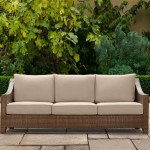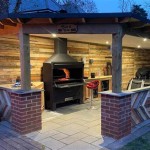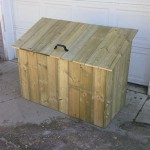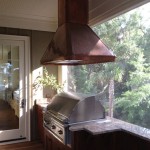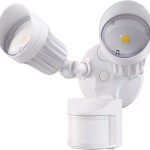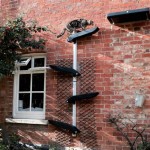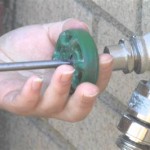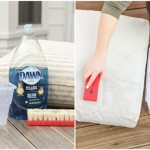Types Of Outdoor Flooring: A Comprehensive Guide
Creating an inviting and functional outdoor space requires careful consideration of various elements, including the flooring. Outdoor flooring not only adds aesthetic appeal but also provides durability, weather resistance, and comfort. Here's a comprehensive guide to help you understand the different types of outdoor flooring available:
1. Concrete
Concrete is a popular and versatile option for outdoor flooring due to its durability and affordability. It can be poured into molds to create various textures and finishes. Concrete is low maintenance and can be stained or sealed to enhance its appearance and protect it from wear and tear.
2. Pavers
Pavers are individual units made from materials such as concrete, stone, or brick. They are laid together to create a cohesive surface. Pavers offer a wide range of colors, shapes, and patterns, allowing for versatile design possibilities. They are also easy to repair or replace if damaged.
3. Tile
Tile is a classic and elegant choice for outdoor flooring. It is available in a wide variety of materials, including ceramic, porcelain, and natural stone. Tile offers durability, water resistance, and a wide range of aesthetic options. It is important to choose a tile that is specifically designed for outdoor use to ensure longevity.
4. Decking
Decking is a popular option for creating a warm and inviting outdoor space. It is typically made from composite materials, pressure-treated lumber, or exotic hardwoods. Decking offers a natural look and can be elevated to create different levels and dimensions. It is important to ensure proper maintenance and waterproofing to prevent rot and decay.
5. Gravel
Gravel is a budget-friendly and easy-to-install option for outdoor flooring. It is available in various colors and sizes, offering versatility in design. Gravel is permeable, allowing water to drain through, which makes it a good choice for areas with high rainfall. It is important to consider the potential for weeds and the need for occasional replenishment.
6. Synthetic Turf
Synthetic turf is a low-maintenance alternative to natural grass. It provides a lush and green appearance without the need for watering, mowing, or fertilizing. Synthetic turf is durable, resistant to wear and tear, and can be installed in both sunny and shaded areas.
Factors to Consider
When choosing an outdoor flooring option, consider the following factors:
- Usage: Determine how the space will be used (e.g., entertaining, dining, relaxing) to choose a flooring that meets the functional requirements.
- Climate: Consider the local climate and choose a flooring that is resistant to moisture, extreme temperatures, or UV exposure.
- Budget: Outdoor flooring materials vary in cost. Set a budget to narrow down the options.
- Maintenance: Think about the level of maintenance you are willing to commit to. Some materials require more regular cleaning or sealing.
- Style: Choose a flooring that complements the overall design style of your outdoor space.
By considering these factors and weighing the pros and cons of each flooring option, you can make an informed decision and create a durable, stylish, and comfortable outdoor space that meets your needs.

2024 Outdoor Flooring Trends 10 Ways To Upgrade Your Space

What Are The Best Outdoor Flooring Options

7 Flooring Options For A Beautiful Patio Absolutely Outdoors

The Best Outdoor Flooring Options Fairmarket

14 Outdoor Flooring Options Ultimate Guide

14 Outdoor Flooring Options Ultimate Guide

8 Outdoor Flooring Options D S

Your Definitive Guide To Outdoor Flooring Exploring Material Choices

Diffe Types Of Exterior Flooring

8 Outdoor Flooring Options D S

